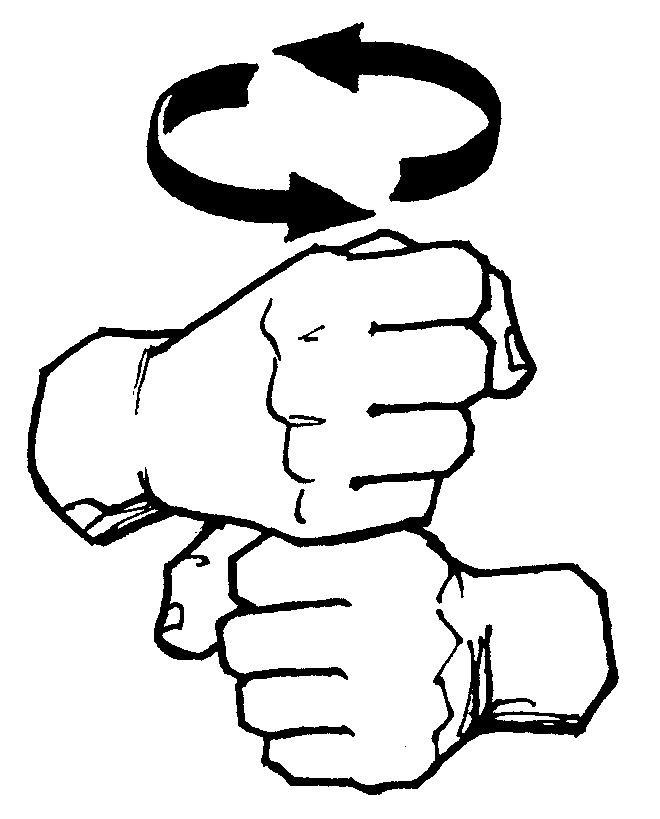asl coffee in stirring motion of top hand
American Sign Language: "coffee"
Want to help support ASL University? It's easy: DONATE (Thanks!) (You don't need a PayPal account. Just look for the credit card logos and click continue.) Another way to help is to buy something from the ASLU "Bookstore." Want even more ASL resources? Visit the "ASL Training Center!" (Subscription Extension of ASLU) CHECK IT OUT > Bandwidth slow? Check out "ASLUniversity.com" (a free mirror of Lifeprint.com less traffic, fast access) VISIT >
You can learn sign language (ASL) online at American Sign Language University ™
Lifeprint.com © Dr. William Vicars |
|---|


Comments
Post a Comment